
Review on 🔌 Smraza Ultimate Starter Kit for Arduino R3 Project - 200pcs Components | Arduino-Compatible (67 Items) with 9V 1A Power Supply by Lisa Farley

I love this set and I think it's a good start.
I like this set and think it's a good starter set. There were no hardware problems. That's why I deducted a star: 1. Packaging. It appears to use the same standard plastic box as many of the other kits Smraza sells. In fact, there is much less in most other parts kits. So the box is tightly packed and it's difficult to find and pack things in it (I'm just starting to play with electronics so I don't have separate cabinets for small things so I prefer to keep them in a box) and closing the box.2. It has a lot of sensors and a few moving parts or screens, but doing anything useful (other than outputting sensor readings to a serial console) is difficult as many of the parts require a large number of pins. For example, an 8x8 LED screen requires 16 pins (that's pretty much all the pins the Arduino board has), and if you want to connect a joystick and play a simple game like Snake, you'll need to find workarounds to get the free pens. Also, it gives you an idea of what it means to manage individual hardware, but most of the time it shouldn't be used that way. It makes sense to provide at least 3-4 shift register or multiplexer circuits. The box has a shift register, which might help free up some pins on an 8x8 LED screen, for example, but overall the circuit still looks flimsy: you need at least two 8-bit shift registers. The same applies to the LCD screen.3. Parts and Pinouts: Some components have pins that protrude from the side of the board (instead of protruding from the bottom). Sometimes this is impractical: for example, with the joystick component, you need to use male-female connectors to connect it to the board, rather than just plugging it onto the board. I would imagine that's how these components are sold by the manufacturer (although you can probably find suitable ones as they are intended for use on a breadboard, not in a real device, so the breadboard needs to be optimized for that). or at least include bent male-female headers to connect to the breadboard. Documentation: It has a CD with what it claims to be specs and tutorials, but modern laptops don't have CDs. I went to the Smraza site to download it but found that there was no link to the S31 documentation (there were many others but not this one). Luckily they still have it and I was able to get a link to it from their support (I hope they just skipped it and linked to the official download page). There weren't any datasheets yet, but ok I can google them. Also, the documentation itself is somehow ascetic: you open the lesson, you see the necessary details, circuits and code examples, but most of the time there is almost no explanation of what this part is, how it works and what it is used for (eg. a shift register). Or the documentation for the 8x8 LED screen has a bunch of images that supposedly show you the pin layout, but they don't really mention that the row and column pins aren't packed together in sets of 8 pins, they're jumbled up and You have to pay close attention to where. I've seen some other Smraza Arduino kits have this shield with a shift register built in and it would make sense to include it. On the other hand I would present this as a good guide: start by connecting an 8x8 LED screen with all 16 pins, feel the pain, and then in the next lesson you will take two shift registers and greatly reduce the pin count and overall cabling complexity.
- Large selection
- Compatibility
New products
Comments (0)
Top products in 🖥️. Single Board Computers
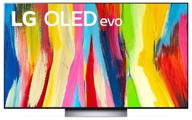
55" TV LG OLED55C2RLA 2022 HDR, OLED, dark titanium

38 Review
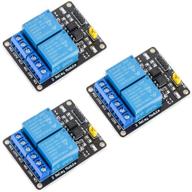
🌐 MCIGICM 2 Channel DC 5V Relay Module: Optocoupler Low Level Trigger Expansion Board for Arduino UNO R3, DSP, ARM, PIC, AVR, STM32, Raspberry Pi

11 Review
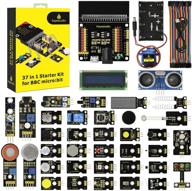
🎁 Ultimate BBC Micro bit Sensor Starter Kit: Keyestudio 37-in-1 Box with Tutorial, Compatible with V1.5 & V2, Gift for Kids and Adults (Microbit Board Not Included)

11 Review
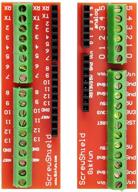
Gikfun Screw Shield Expansion Board: Enhance Arduino UNO R3 with the EK7007 Add-On

11 Review
Another interesting products
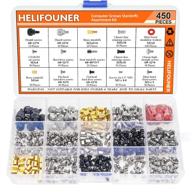
🖥️ Helifouner 450-Piece Computer Standoffs Spacer Screws Kit: Ideal for Hard Drive, Motherboard, Fan, Power Graphics & Computer Cases

10 Review

MacBook Retina 13-inch (A1425, A1502) and 🔩 15-inch (A1398) Bottom Case Screw Set with Pentalobe Screwdriver

11 Review

🔧 Premium Repair Replacement Screws & Tools for MacBook Pro Retina 15"/13" - Complete Bottom Case Set

10 Review
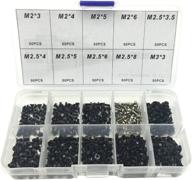
Comprehensive 500pcs Laptop Screw Kit Set for 🔩 IBM HP Dell Lenovo Samsung Sony Toshiba Gateway Acer

12 Review

